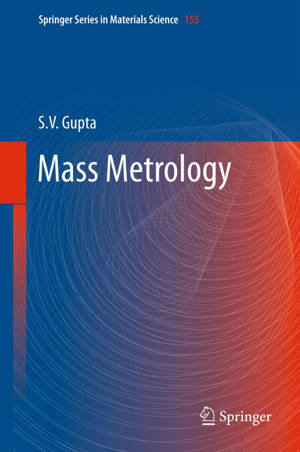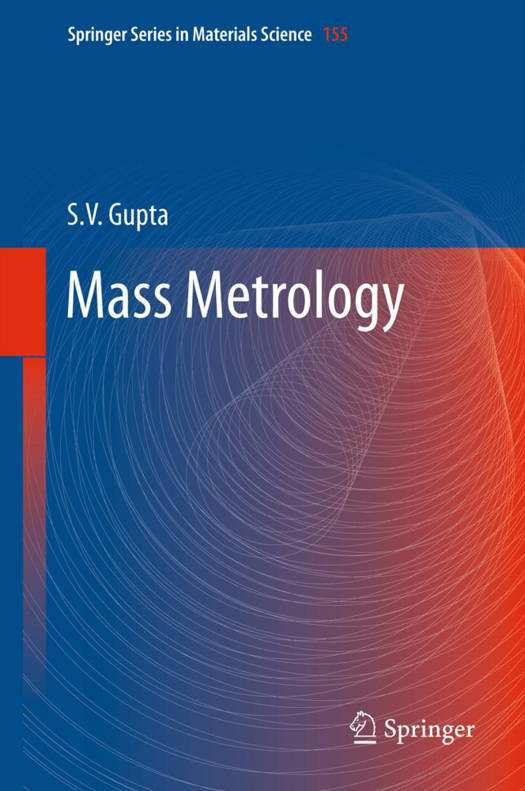
- Afhalen na 1 uur in een winkel met voorraad
- Gratis thuislevering in België vanaf € 30
- Ruim aanbod met 7 miljoen producten
- Afhalen na 1 uur in een winkel met voorraad
- Gratis thuislevering in België vanaf € 30
- Ruim aanbod met 7 miljoen producten
Zoeken
€ 167,95
+ 335 punten
Uitvoering
Omschrijving
This book presents the practical aspects of mass measurements. Concepts of gravitational, inertial and conventional mass and details of the variation of acceleration of gravity are described. The Metric Convention and International Prototype Kilogram and BIPM standards are described. The effect of change of gravity on the indication of electronic balances is derived with respect of latitude, altitude and earth topography. The classification of weights by OIML is discussed. Maximum permissible errors in different categories of weights prescribed by national and international organizations are presented. Starting with the necessity of redefining the unit kilogram in terms of physical constants, various methods of defining the kilogram in terms of physical constants are described. The kilogram can be defined by Avogadro's constant, ion collection of some heavy elements, levitation, voltage and Watt Balance. The detection of very small mass of the order of zeptogram through Nanotechnolgy is also discussed. Latest recommendations of CIPM are given.
Specificaties
Betrokkenen
- Auteur(s):
- Uitgeverij:
Inhoud
- Aantal bladzijden:
- 354
- Taal:
- Engels
- Reeks:
- Reeksnummer:
- nr. 155
Eigenschappen
- Productcode (EAN):
- 9783642234118
- Verschijningsdatum:
- 27/01/2012
- Uitvoering:
- Hardcover
- Formaat:
- Genaaid
- Afmetingen:
- 157 mm x 234 mm
- Gewicht:
- 566 g

Alleen bij Standaard Boekhandel
+ 335 punten op je klantenkaart van Standaard Boekhandel
Beoordelingen
We publiceren alleen reviews die voldoen aan de voorwaarden voor reviews. Bekijk onze voorwaarden voor reviews.








